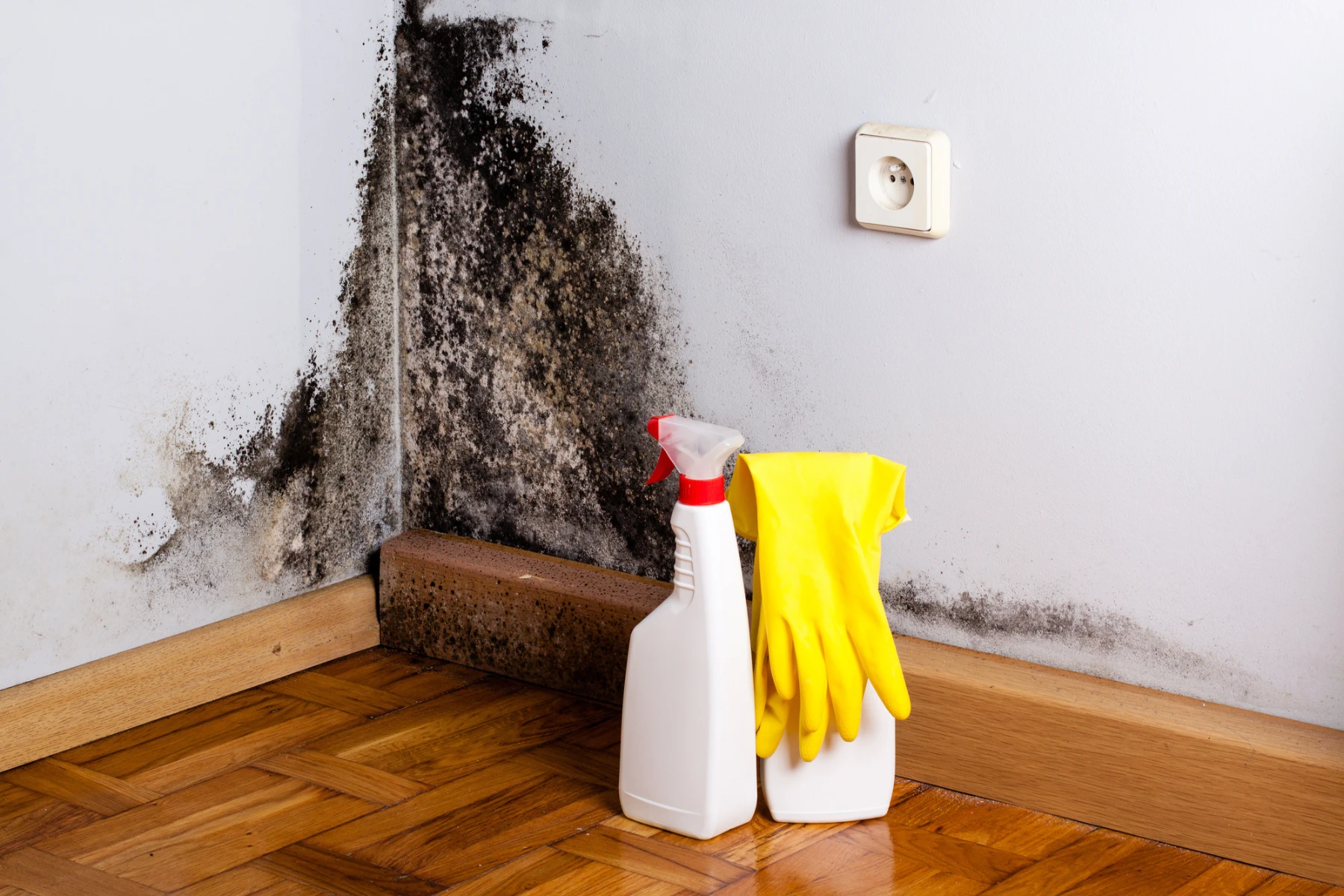Mold can cause significant damage to properties in Southwest Washington due to the region’s damp climate. Choosing the right approach to handle mold issues is critical for maintaining property value and ensuring a safe living environment. Two primary methods for addressing mold problems are microbial restoration and traditional mold removal. Each method offers distinct advantages, but deciding which is better depends on several factors, including the extent of contamination and long-term property goals.
Understanding Microbial Restoration
Microbial restoration focuses on creating an environment that supports natural microbial balance. Instead of solely eliminating visible mold, this approach targets the underlying conditions that contribute to its growth. By addressing factors like moisture and air quality, microbial restoration works to restore the natural ecosystem of a property, minimizing the likelihood of future mold recurrence.
Key Benefits of Microbial Restoration
- Holistic Approach: Rather than just removing mold, microbial restoration improves indoor air quality and addresses the root causes of contamination.
- Prevention: By restoring microbial balance, this method helps prevent future mold growth.
- Eco-Friendly: The process often uses biodegradable, non-toxic solutions, making it safer for residents and the environment.
- Long-Term Results: Treating the underlying conditions ensures the property remains mold-free longer.
Techniques Used in Microbial Restoration
- Bioremediation: This process involves using beneficial microbes to outcompete harmful mold species.
- Moisture Management: Specialists identify and eliminate sources of excess moisture, such as leaks or poor ventilation.
- Air Filtration: High-efficiency particulate air (HEPA) systems are employed to remove mold spores and improve air quality.
Exploring Traditional Mold Removal
Traditional mold removal typically involves physical elimination of mold and treatment of affected surfaces. This method is often used for visible mold infestations and focuses on immediate results rather than addressing systemic issues.
Key Benefits of Traditional Mold Removal
- Quick Results: Traditional methods provide rapid removal of visible mold.
- Widespread Availability: Many contractors specialize in traditional mold removal, making it an accessible option.
- Effective for Isolated Issues: For minor mold problems, this approach can be sufficient.
Techniques Used in Traditional Mold Removal
- Chemical Treatments: Antimicrobial sprays and cleaning agents are used to kill mold and spores.
- Surface Cleaning: Affected materials, such as drywall or wood, are cleaned or replaced.
- Containment: Contaminated areas are isolated to prevent the spread of spores during cleanup.
Comparing the Two Methods
Short-Term vs. Long-Term Effectiveness
Traditional mold removal excels at providing immediate results by physically eliminating visible mold. However, microbial restoration offers long-term protection by addressing the conditions that allow mold to thrive.
Environmental Impact
Microbial restoration is generally more eco-friendly, utilizing non-toxic solutions and promoting a natural microbial balance. In contrast, traditional methods often rely on harsh chemicals that may pose risks to health and the environment.
Cost Considerations
Traditional mold removal is typically less expensive upfront, especially for small infestations. Microbial restoration, while potentially more costly initially, can save money over time by reducing the likelihood of recurrent mold problems.
Suitability for Different Scenarios
- Severe Mold Infestations: Traditional mold removal is often the better choice for extensive contamination that requires immediate action.
- Ongoing Mold Issues: For properties with recurring mold problems, microbial restoration offers a more sustainable solution.
- Sensitive Environments: In homes with young children, elderly residents, or individuals with respiratory conditions, microbial restoration may be safer due to its non-toxic approach.
Choosing the Right Method for Your Property
The decision between microbial restoration and traditional mold removal depends on your property’s specific needs. For a comprehensive evaluation, consider consulting experts who can assess the severity of the issue, identify contributing factors, and recommend a tailored solution.
Why Moisture Management Matters
Both methods rely heavily on moisture control to ensure success. Properties in Southwest Washington are particularly susceptible to mold due to the high humidity and frequent rainfall. Without addressing moisture sources, neither method can guarantee long-term results.
Contact Prestige NW Restoration for Expert Guidance
If you’re dealing with mold issues in Southwest Washington, Prestige NW Restoration can help. Our team specializes in both microbial restoration and traditional mold removal, offering customized solutions to fit your property’s needs. Call us today at (360) 334-3624 or email us at dispatch@prestige-nw.com for a consultation.
Conclusion
Both microbial restoration and traditional mold removal have their advantages. Choosing the best method depends on your property’s unique needs and your long-term goals. For expert advice and effective mold solutions, contact Prestige NW Restoration at (360) 334-3624 or email dispatch@prestige-nw.com. Let us help you create a safer, healthier environment for your Southwest Washington property.
Frequently Asked Questions
How much does microbial restoration cost compared to traditional mold removal?
Microbial restoration generally costs more upfront due to its holistic approach and advanced techniques. However, it can save money in the long run by preventing mold recurrence.
Which method is safer for children and pets?
Microbial restoration is typically safer because it uses non-toxic, eco-friendly products.
Can traditional mold removal guarantee that mold won’t come back?
Traditional methods address visible mold but do not always tackle underlying issues, so mold may return if moisture problems persist.
How long does microbial restoration take?
The duration varies based on the property size and the severity of the issue, but it often takes longer than traditional mold removal due to its comprehensive nature.
What should I do to prevent mold after treatment?
Ensure proper ventilation, fix leaks promptly, and maintain indoor humidity levels below 50%.
Is microbial restoration effective for black mold?
Yes, microbial restoration can effectively address black mold by treating the source of the problem and restoring microbial balance.
Are both methods covered by insurance?
Insurance coverage depends on your policy and the cause of the mold. Consult your provider for details.
When should I choose traditional mold removal?
Traditional methods are suitable for small, isolated mold problems or when immediate removal is necessary.
Can I combine both methods?
In some cases, combining traditional mold removal with microbial restoration provides the best results by eliminating visible mold and addressing underlying issues.
How do I know which method is right for my property?
Consult a professional like Prestige NW Restoration to evaluate your property and recommend the best approach.




